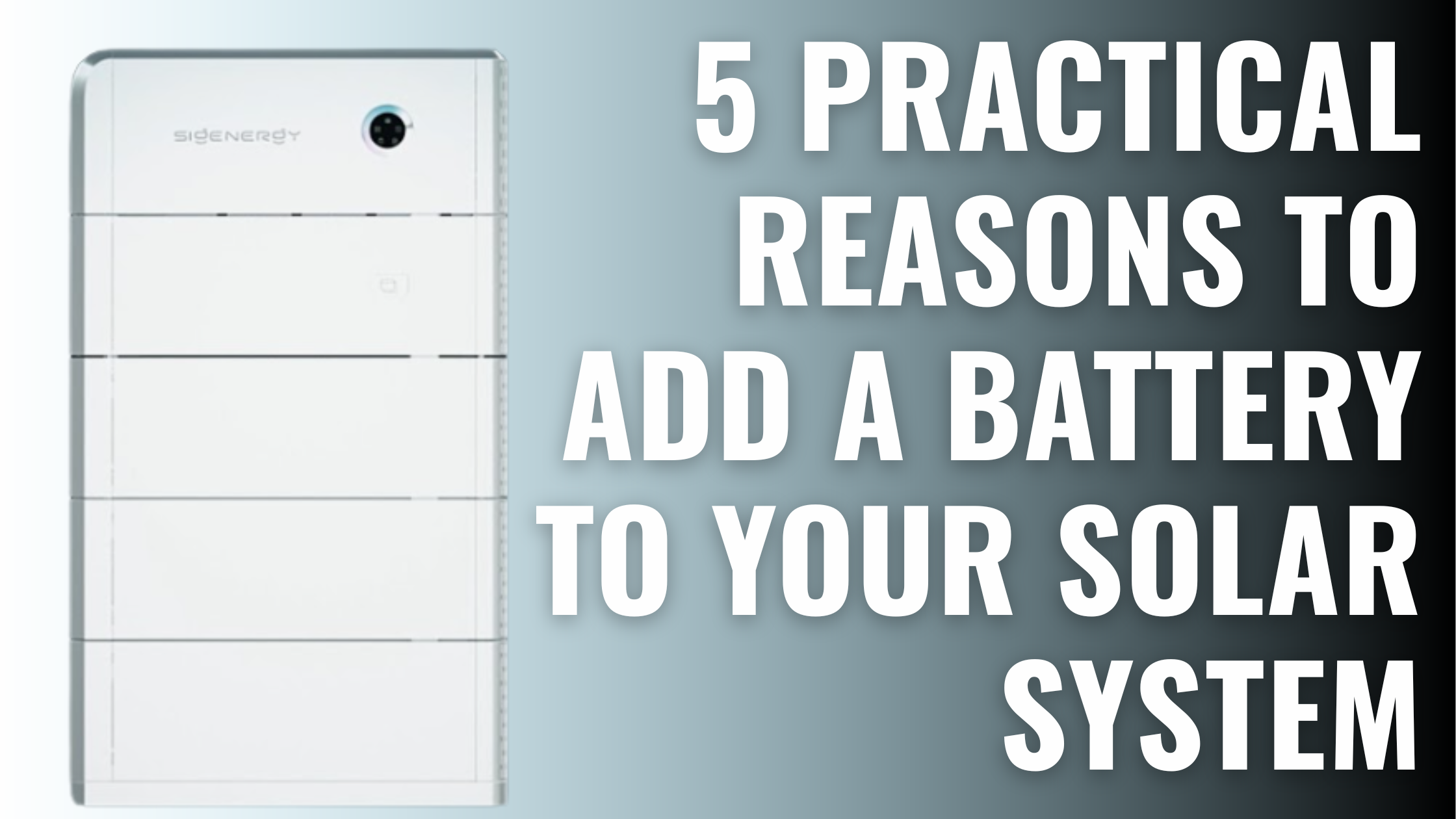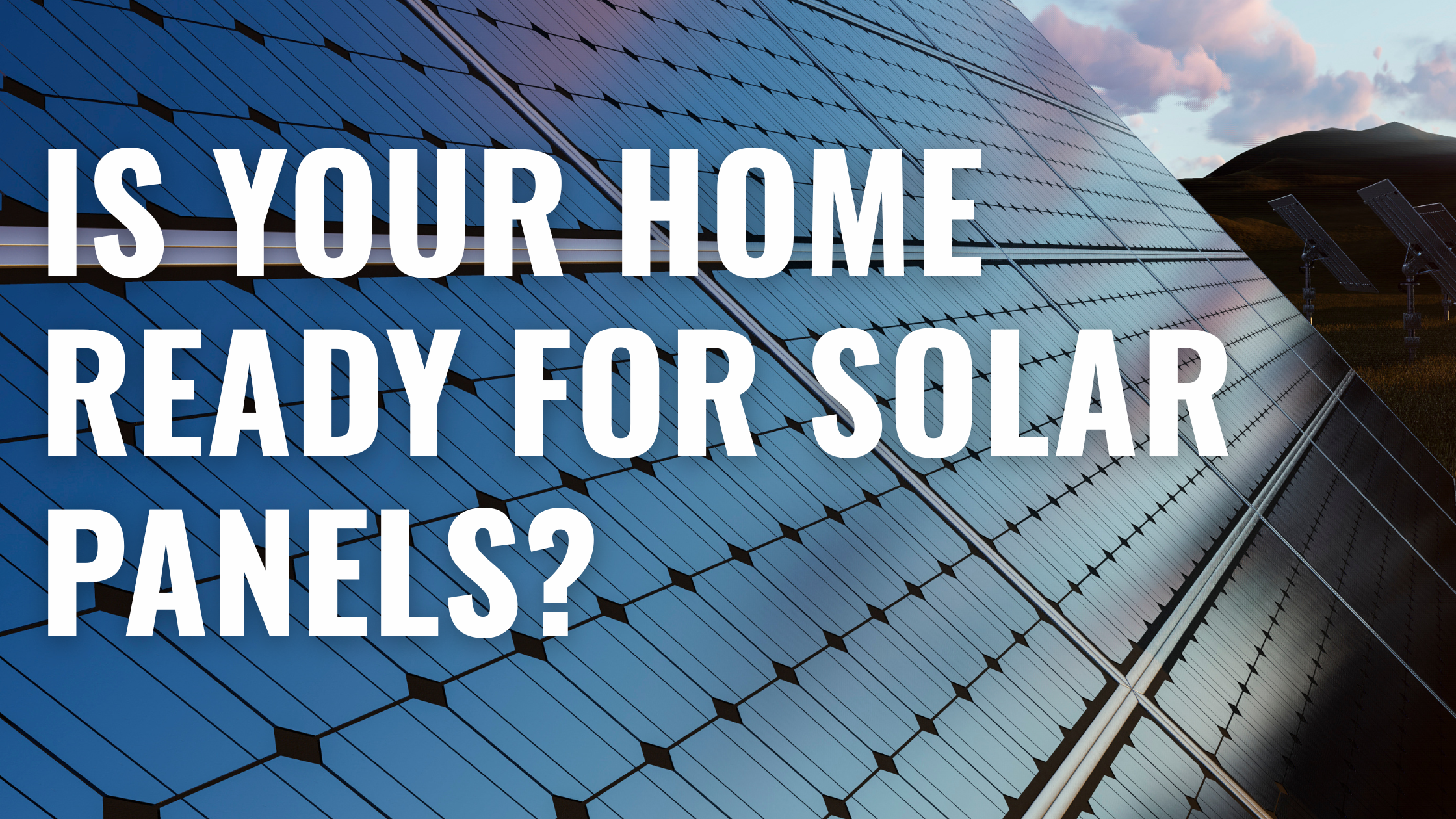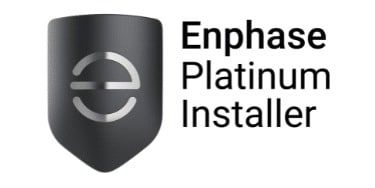
Written by Donna Wentworth
Last Updated: June 11, 2025
Update: Clarifying the Stacking of Federal and NSW Battery Rebates
Please note: This blog was published prior to the NSW Battery Rebate being suspended. Please refer to our updated blog NSW Battery Rebate Suspended: What This Means For Solar and Battery Buyers in 2025
Following the 6 April 2025 announcement by the Australian Government and Labor’s re-election on Saturday 4 May, there has been significant interest and some public debate around whether the new Federal “Cheaper Home Batteries Program” can be stacked with existing state-based incentives, such as the NSW Peak Demand Reduction Scheme (PDRS).
How Much Will The Solar Battery Rebate Be?
In 2025, the Federal battery rebate will offer a maximum of $372 per kilowatt-hour (kWh) of usable battery capacity. After accounting for administrative fees, the real-world discount is expected to be closer to $330 per kWh.
Like the solar panel rebate, this subsidy is designed to gradually reduce each year until it phases out at the end of 2030.
To give you an idea:
- After fees, that translates to an approximate $3,300 reduction in upfront installation costs.
- A 10 kWh battery would be eligible for up to $3,720 in rebate value.
Not sure what size battery you need? Speak to our team — we’ll help you understand which battery system best suits your home, energy usage, and future plans.
While the Federal Government has stated its intention for this rebate to work alongside state-based schemes, there are still some regulatory hurdles being addressed — especially in NSW. These complexities are being worked through, and updates are expected before the program launches on July 1, 2025.
Can You Combine It with the NSW Battery Rebate (PDRS)?
As it currently stands, no — this is one of the biggest misconceptions right now.
When the Federal battery rebate was first announced, there were no finalised program guidelines. At the time, many reputable sources interpreted the public information to suggest the new rebate might be compatible with existing state schemes.
The Australian Federal Government along with the NSW State Government has expressed a clear intent for its Cheaper Home Batteries Program to be stackable with existing state-based incentives, such as New South Wales’ Peak Demand Reduction Scheme (PDRS).
- An instagram post from Australian Energy Minister Chris Bowen includes a video where he confirms the Federal Government’s intention for its new battery rebate to work in conjunction with existing state incentives. You can view the clip here: Instagram – Chris Bowen Statement
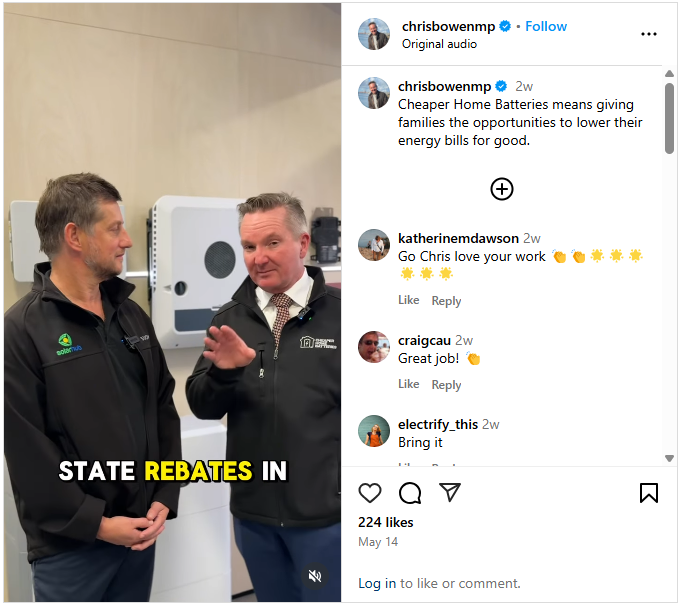
- The Sydney Morning Herald published an article on April 5 stating that the Federal Government would provide up to $4,000 per household as part of its plan to subsidise battery storage in addition, “Labor’s scheme could be combined with assistance on offer from state governments”.
- NSW Energy Minister Penny Sharpe confirmed in a recent Energy Insiders podcast when asked: “How does your scheme (NSW PDRS) dovetail with the federal scheme?
“Look, we want them to work together. There’s some issues that, look, there’s always these challenges in terms of working, you know, how do you integrate them? How do you make them work together? I’m sure we’ll be able to work through that……. So, yeah we’ll work with the federal government. I’ve talked to Chris about how we can make sure that those things work together.”
- Around the same time, Federal Climate and Energy Minister Chris Bowen gave public statements suggesting the rebate would operate similarly to the Small-scale Technology Certificates (STCs), which often can be used alongside state programs:
Federal Policy Intention: Yes, Stacking Is Planned
The Federal and State Government has been clear in the intended design: the new rebate should work in conjunction with existing state subsidies. Minister for Climate Change and Energy Chris Bowen has publicly reiterated this, even appearing alongside a NSW installer to promote how the federal rebate complements the NSW scheme.
Current Technical Hurdle: NSW Scheme Needs an Update
Despite the shared intent, the technical rules in the current PDRS framework mean that, as it stands, battery installations eligible for the federal rebate may not simultaneously qualify under NSW’s current rules. Specifically, PDRS Amendment No.3 Section 5.4(e) excludes any system that qualifies under the Renewable Energy (Electricity) Act 2000 — the act through which the federal rebate is being administered.
This has created a temporary limitation, but one that both governments have publicly committed to resolving.
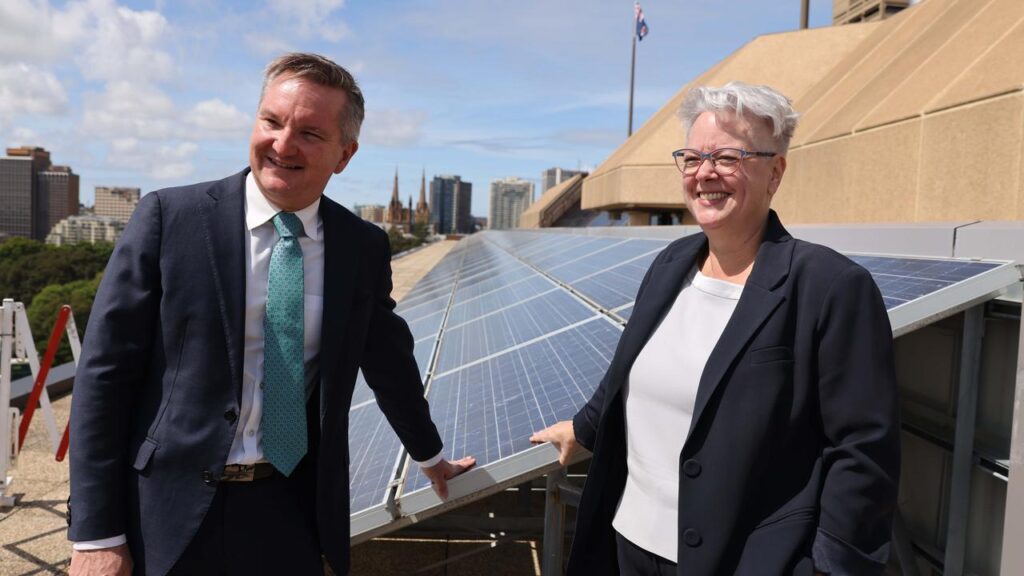
Resolution Underway
According to recent reports, including SolarQuotes’ interview with NSW Government officials, regulators are actively reviewing the policy to remove these barriers. The goal is to enable eligible homeowners and small businesses to claim both rebates as originally promised.
We confirmed this with the NSW Government Department of Climate Change, Energy, the Environment and Water, who have stated that they are working closely with the Commonwealth Department responsible for battery policy development to work through the interactions between the NSW and Federal schemes.
Lenergy’s Position
Lenergy supports the combined intent of both programs and is continuing to:
- Monitor official updates from federal and state regulators
- Advise clients based on the best available government guidance
- Schedule eligible battery installations from 1 July 2025 onward, when the federal rebate begins
- Ensure all systems meet requirements for VPP-readiness, capacity, and installation compliance
At Lenergy, we’ve aligned our approach with this direction — and that’s why we’re helping customers prepare now to take full advantage of both State and Federal Rebates on solar battery systems from July 2025 onwards.
Long story short. No you can’t combine them as it currently stands. But they have publicly stated that they are working to change this.
We have been informed that we will have answers prior to the 1st of July. As updates unfold, we’ll keep this page current — and continue to provide transparent guidance to help Australians make smart energy decisions.


